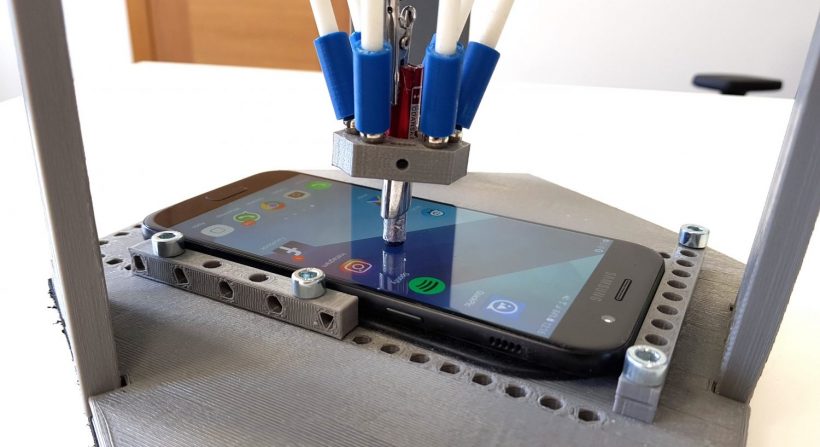Do you want to start your electromechanical project but you are still in need of knowing what motor to use? For starters who want their project to move with precision, you are probably searching for a servo motor. To begin, let’s discuss what a servo motor is, what are its parts, and when to use it.
What is a servo motor?
A servo motor is a device used to convert electrical signals and commands to mechanical motion. With precision in controlling speed, torque, and position, they give a better performance for a wide range of speeds. You can find at least one servo motor in any automatically moving smart device these days.
Parts of a servo motor
Usually, a servo motor has four components made of individually functioning parts. Without these four, either it is not considered a servo motor anymore, or it will not function properly. All of these four components follow a control system, working together as a team.
Electric Motor: moving part of the servo motor
The most significant part of making a rotating motion from electricity is an electric motor. The electric motor itself is not a servo motor yet without the other parts. However, not every servo motor uses the same type of electric motor. Each servo motor is more efficient in a certain function.
Control System: thinking part of the servo motor
A servo motor is equipped with a control system as its brain. It is connected to either another control system of another device or to switches and knobs to be operated directly. What it does is converting external commands to electric signals that the motor can understand.
Drive System: auxiliary part of the servo motor
It is a rule that to move surely involves moving slowly, that is why there are mechanisms in a servo motor to slow it down. An efficient way to slow down a fast-rotating motor shaft is by attaching it to a system of gears, called a drive system. It also connects the electric motor to the stuff that the servo motor needs to move.
Potentiometer: sensing part of the servo motor
Every servo motor is expected to be precise, but what defines it is its ability to know where it is. A potentiometer is a part of the servo motor used to tell the brain if the electric motor is in the correct position. In that way, the encoder will know if it still needs to tell the motor to move, or to stay.
Common uses of a servo motor
Usually, a servo motor costs more than an ordinary electric motor because of the smart parts mentioned earlier. However, when your project needs to move smart and your budget can afford to have one or more, it is a wise investment to use a servo motor. The truth is, most of the smart projects that you already probably saw are using at least one servo motor.
A servo motor is typically used in industrial automation, efficiently used as robot joints, conveyor motor, or steering actuators. You can also see a servo motor in consumer products, such as camera zoom and RC cars. If your project resembles these gadgets or equipment, you should consider using a servo motor.
Conclusion
A servo motor is an efficient device used for positioning and moving with precision. Employing one on your automation project saves you the cost of having another monitoring system for positioning and controlling torque. Hopefully, this helps you to understand and use a servo motor for your electromechanical project.
Laila Azzahra is a professional writer and blogger that loves to write about technology, business, entertainment, science, and health.
